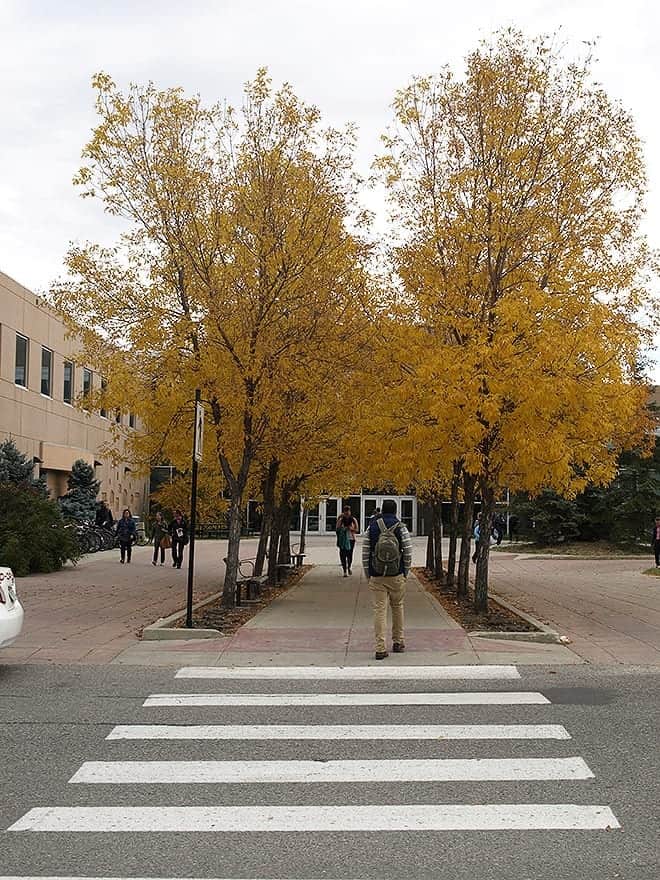Outlining the educational election promises

Author: Anders Ireland- contributor
With the provincial election fast approaching on Monday, April 4, students may be asking themselves who they should vote for. For a large portion of students in Saskatchewan, this will be the first time they will vote in a provincial election. Some students may follow the path of their family or friends and vote as they do, but others will weigh the platforms of each party running in the election and decide which benefits them the most. For post-secondary students, each party provides unique incentives and programs in an attempt to improve the lives of students and to gain votes from the younger generation. Students today are put in a difficult situation with continuing rising tuition, home prices and cost of living. According to The Canadian Real Estate Association (CREA), the average price for a home in Saskatchewan is just over $285,000 and approximately $500,000 across Canada. This leaves students continuously wondering if they will be able to afford a new home upon graduation, or be forced to rent until they are able to save up enough money for a down payment. Even the bare minimum of five per cent down payment that first-time homeowners pay on the average house in Saskatchewan is over $14,000. This amount can be quite difficult to produce for anyone, let alone a recent graduate with an entry-level position, while also paying off student loans. As stated by Stats Canada, students in Saskatchewan are paying the second-highest tuition rates in the country averaging over $6,800 per year, behind only Ontario. With Saskatchewan graduates on average not being incentivised by high compensation directly out of school, it proves difficult for the province to retain these graduates. The government has recognized this fact and problem, and therefore looks to add different incentives to keep students in the province.
Although each party is taking different approaches, all have the same goal of keeping recent graduates in the province. In accordance to each respective party’s published platform, following is a brief analysis of what each party would implement if elected, to incentivize students. The Saskatchewan Party plans for a Graduate Retention Program (GRP) where recipients would be able to use up to $10,000 of their GRP benefits as a tax-free loan towards the down payment of their first home in Saskatchewan. This plan could help students decrease the time they spend saving up for that initial cash down payment. The Saskatchewan Party also currently has the Saskatchewan Advantage Scholarship in place, which automatically gives $500 to each student enrolled in post-secondary education in Saskatchewan that is a graduate of a Saskatchewan high school, for up to four years. If elected, they look to increase this amount to $750 per year, which will save a student up to $3,000 in tuition costs.
The NDP Party plans to reduce tuition fees with a similar plan, by offering a $1,000 yearly scholarship for all Saskatchewan students (which would effectively double the $500 scholarship already in place). Also, starting in 2017, the NDP would convert student loans to grants, and eliminate interest on all existing student loans. This would effectively lower the amount of debt the average student carries, making it much easier to purchase a home after graduation. They also plan to improve funding for post-secondary institutions by consulting with stakeholders to develop fee regulation.
The Liberals look to stabilize provincial funding for Universities to alleviate rising and unregulated tuition rates. With Saskatchewan being one of two provinces in the country with unregulated tuition fees, the Liberal and NDP parties believe this is an area that should be focused on. The Liberals will also look to lower interest rates that students pay on government student loans. They have not yet specified what the exact reduction will be.
And last but not least, the Green Party plans to immediately reinstate the original Graduate Retention Program, increasing the refundable tax portion and lowering the waiting period to four years. They also want to begin ordering the Ministry of Higher Education to start creating and implementing a plan to phase out all tuition costs across all higher learning institutions in Saskatchewan. This plan would run an extremely high cost and be very difficult to implement, but if put in place, would save students a great deal of money.
Although each party has a slightly different plan regarding post-secondary education, they all realize the importance of making post-secondary education more affordable and incentivising students to stay in Saskatchewan upon graduation. These parties grasp the fact that if they are able to keep students here after they graduate, they are more likely to stay and raise a family here. This leads to a province that has a higher percentage of citizens that have post-secondary education which will in turn lead to a stronger economy, the average consumer spending more, additional high provincial tax payers and a stronger province overall.
It is now up to voters to decide which plan they believe will benefit them the most and hope the parties follow through on their promises. Depending on the plan that is implemented after the election, students may be able to save thousands of dollars and countless hours. This is a topic that should not be taken lightly within the student community as it has a colossal effect on post-secondary education and ultimately the future of this province. With that being said, GO VOTE!









